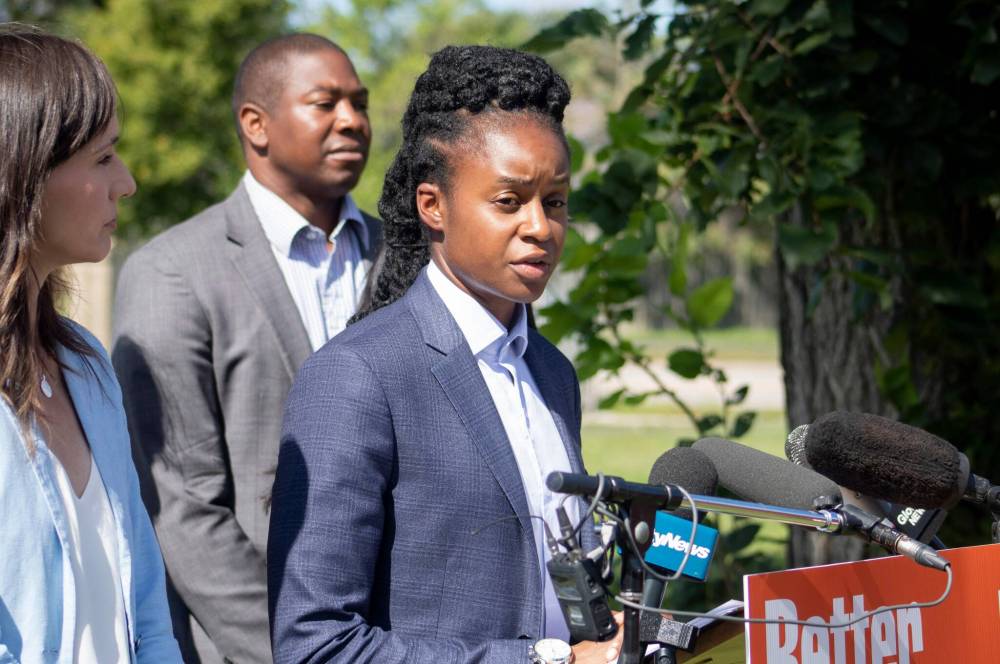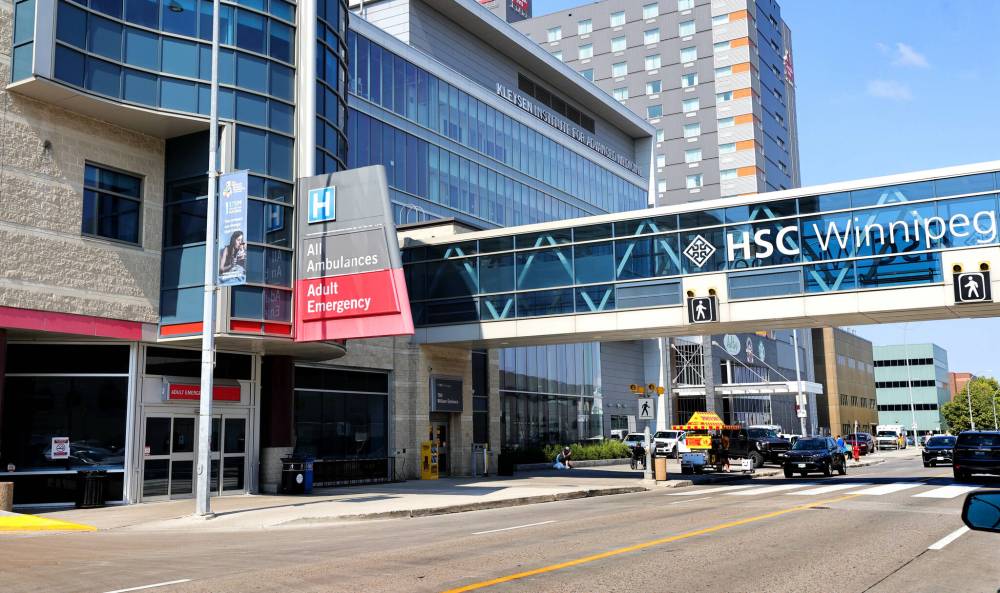NDP decry ‘exhausting’ HSC bed occupancy rates
Advertisement
Read this article for free:
or
Already have an account? Log in here »
To continue reading, please subscribe:
Monthly Digital Subscription
$0 for the first 4 weeks*
- Enjoy unlimited reading on winnipegfreepress.com
- Read the E-Edition, our digital replica newspaper
- Access News Break, our award-winning app
- Play interactive puzzles
*No charge for 4 weeks then price increases to the regular rate of $19.00 plus GST every four weeks. Offer available to new and qualified returning subscribers only. Cancel any time.
Monthly Digital Subscription
$4.75/week*
- Enjoy unlimited reading on winnipegfreepress.com
- Read the E-Edition, our digital replica newspaper
- Access News Break, our award-winning app
- Play interactive puzzles
*Billed as $19 plus GST every four weeks. Cancel any time.
To continue reading, please subscribe:
Add Free Press access to your Brandon Sun subscription for only an additional
$1 for the first 4 weeks*
*Your next subscription payment will increase by $1.00 and you will be charged $16.99 plus GST for four weeks. After four weeks, your payment will increase to $23.99 plus GST every four weeks.
Read unlimited articles for free today:
or
Already have an account? Log in here »
Hey there, time traveller!
This article was published 29/08/2023 (833 days ago), so information in it may no longer be current.
Bed occupancy rates at Manitoba’s largest hospital — Health Sciences Centre — have gone from bad to worse in recent months, the NDP says.
NDP health critic Uzoma Asagwara said the numbers, contained in a document obtained via an access to information request to Shared Health, show bed occupancy rates in the Winnipeg hospital’s critical care department were at 107.7 per cent in May, and 103.8 per cent in the facility’s medicine ward.
The document also says in the last six months the lowest occupancy rate in the HSC critical care department was 105.3 per cent, and 100.9 per cent in the medicine ward.

MIKE THIESSEN / WINNIPEG FREE PRESS FILES
“The (governing) PCs haven’t taken action,” NDP critic Uzoma Asagwara said Tuesday. “They know about it. Manitoba under the PCs have failed in health care.”
“The (governing) PCs haven’t taken action,” Asagwara said Tuesday. “They know about it. Manitoba under the PCs have failed in health care.”
Asagwara noted medical experts recommend bed occupancy rates should be about 85 per cent, so hospitals can better handle peak periods.
“It must be exhausting for the staff,” the Union Station MLA said. “This is a direct result of (the Tory government) closing three emergency rooms, cutting health care since 2016, and mistreating health-care workers.
“The people who broke our health-care system can’t be trusted to fix it.”
While the writ has yet to be dropped, Manitobans are expected to go to the polls Oct. 3 for a provincial election.
Elsewhere in the Winnipeg hospital complex, bed occupancy rates in May were at 101.9 per cent in the mental health ward, 91.7 per cent in the surgery ward, 89.5 per cent in child health, and 89.3 per cent in rehabilitation, the document states.
Only women’s health, at 83 per cent, falls under the 85 per cent recommendation by medical experts.
Thomas Linner, provincial director of the non-profit Manitoba Health Coalition, said the numbers aren’t surprising.
“It confirms what we have long known: that HSC is overcrowded and understaffed,” Linner said. “And none of the commitments recently made has done anything to alleviate that.”
The Free Press asked Health Minister Audrey Gordon to respond to the numbers, but a spokesman for the minister said Shared Health would be the one to comment.
Shared Health, created by the Pallister government in 2018, oversees and co-ordinates the planning of patient-centred care across the province.

RUTH BONNEVILLE / WINNIPEG FREE PRESS FILES
The document also says in the last six months the lowest occupancy rate in the HSC critical care department was 105.3 per cent, and 100.9 per cent in the medicine ward.
While Shared Health’s access to information co-ordinator told the NDP in a letter, “I am pleased to inform you that your request for access to these records has been granted in full,” a Shared Health spokeswoman told the Free Press the numbers provided were “based on licensed beds — a number that is lower than the actual number of beds staffed and open at any time.”
The spokeswoman said if the number of adult critical beds available at HSC was lumped in with others at the St. Boniface, Grace and Brandon hospitals, including an additional 23 acute cardiac beds, the total number would be 104, which “has been at or near that number for about the past year.”
She said the occupancy rate for HSC has ranged between 79 to 88 per cent in the past week, while the overall provincial ICU program has been below 100 per cent since March 2022.
The spokeswoman said various operational measures have been taken to improve patient flow and reduce wait times at hospitals in Winnipeg, including opening 12 additional medicine beds and a new minor treatment clinic at HSC, and displaying real-time wait times for all emergency rooms, urgent care centres and walk-in connected care clinics in all hospital waiting rooms.
However, Linner said the government’s decision to close emergency rooms at three Winnipeg hospitals in 2017 is still the biggest driver of the long wait times and overcrowding at hospitals.
“The whole process to consolidate and close the three ERs was supposed to be so people would have quicker access to care and lower wait times,” he said. “These numbers just show this was a monumentally failed attempt at getting better health care in Manitoba.”
kevin.rollason@freepress.mb.ca

Kevin Rollason is a general assignment reporter at the Free Press. He graduated from Western University with a Masters of Journalism in 1985 and worked at the Winnipeg Sun until 1988, when he joined the Free Press. He has served as the Free Press’s city hall and law courts reporter and has won several awards, including a National Newspaper Award. Read more about Kevin.
Every piece of reporting Kevin produces is reviewed by an editing team before it is posted online or published in print — part of the Free Press‘s tradition, since 1872, of producing reliable independent journalism. Read more about Free Press’s history and mandate, and learn how our newsroom operates.
Our newsroom depends on a growing audience of readers to power our journalism. If you are not a paid reader, please consider becoming a subscriber.
Our newsroom depends on its audience of readers to power our journalism. Thank you for your support.






